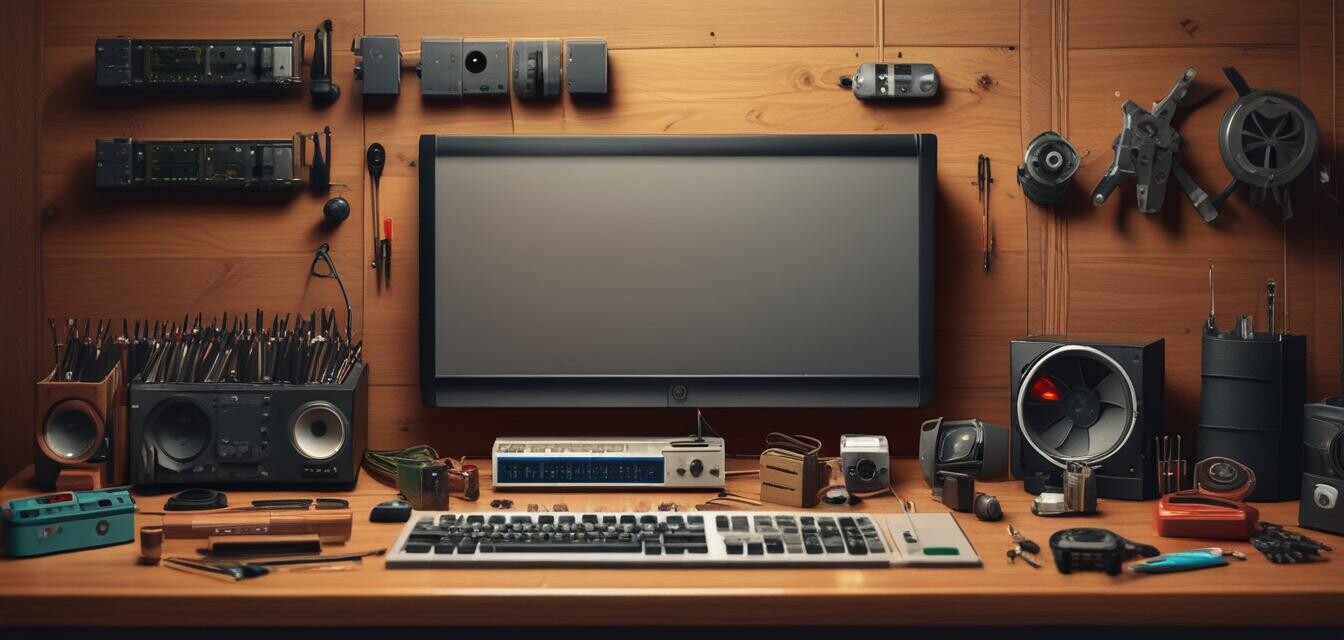
Essential Tools for Home Theater DIY Setup
Key Takeaways
- Having the right tools can significantly enhance your home theater installation process.
- Essential tools include basic hand tools, specialty tools, and cable management supplies.
- Investing in quality tools can save time and prevent frustration during setup.
Setting up a home theater can be an exciting project for any DIY enthusiast. However, to achieve the perfect setup, you require more than just components. Having the right tools at your disposal is essential for a smooth and successful installation. In this article, we’ll dive into the must-have tools every home theater DIYer should own for a seamless setup.
Basic hand tools
Every DIY project begins with the basics. These hand tools form the foundation for any home theater installation.
| Tool | Purpose |
|---|---|
| Screwdriver set | Used for assembling and securing various components like speakers and projectors. |
| Measuring tape | Essential for accurate measurements of space and equipment positioning. |
| Level | Ensures that your screens and speakers are properly aligned. |
| Pliers | Help in gripping cables and making adjustments. |
| Utility knife | Helps in cutting through packaging and trimming materials. |
Specialty tools
In addition to basic tools, you may need some specialty tools designed for specific tasks associated with home theater setups.
| Tool | Purpose |
|---|---|
| Stud finder | Locates wall studs for secure mounting of heavy equipment. |
| Cable puller | Makes it easier to run cables through walls and ceilings. |
| Audio/video calibration tools | Helps in fine-tuning sound and picture quality for optimal performance. |
| Crimping tool | Used for creating custom cables for your setup. |
Cable management tools
Managing cables efficiently can make or break a home theater setup. Here are the tools you shouldn't overlook.
- Cable sleeves: Keeps your cables organized and reduces clutter.
- Zip ties: Provides a quick way to bundle and secure cables together.
- Cable clips: Keeps cables in place along walls or baseboards.
- Label maker: Helps you label cables for easy identification.
Safety tools
Safety should always be a priority. Ensure you have these safety tools on hand during your DIY project.
- Safety goggles: Protects your eyes from dust and debris.
- Heavy-duty gloves: Provides hand protection while handling equipment and tools.
- Dust mask: Keeps allergens and dust at bay while drilling or cutting.
Getting started with your home theater setup
Now that you know the essential tools, it’s time to get started. Here’s a suggested checklist to guide you through the setup process:
- Gather all necessary tools
- Organize your workspace
- Measure your space and plan your layout
- Secure your equipment using the appropriate tools
- Manage cables to keep everything neat and tidy
- Test your setup and make necessary adjustments
Tips for beginners
- Don’t rush—take your time to ensure everything is correctly installed.
- Watch tutorials online for visual guidance on using specific tools.
- Keep your workspace organized to avoid losing small components.
Pros
- DIY setups can save you money compared to hiring professionals.
- You gain a sense of accomplishment by building your own system.
- Customization to fit your unique space and preferences.
Cons
- Can be time-consuming if you're not experienced.
- May require a learning curve for using tools effectively.
- Potential for mistakes if not done carefully.
Setting up a home theater is not just about the technology; it’s about creating a welcoming environment for entertainment. With the right tools and some patience, you can create an impressive and functional home theater system. For more in-depth information about enhancing your audio experience, check out our article on buying guides and explore our speakers and sound systems.

